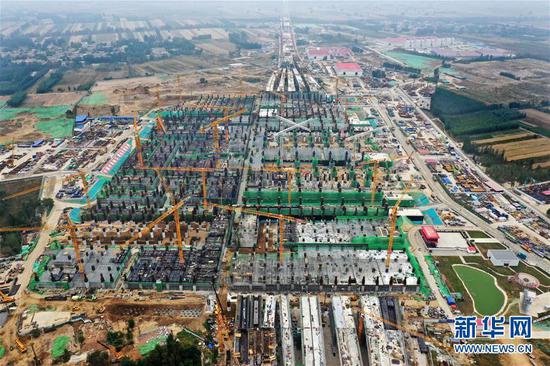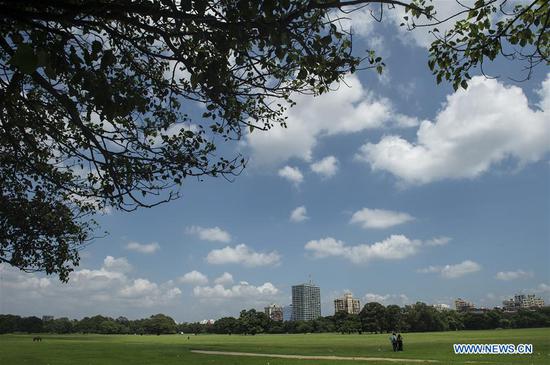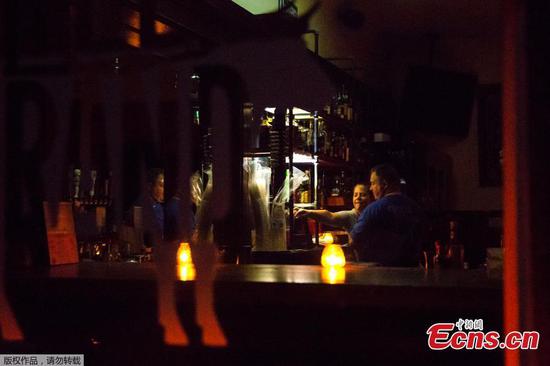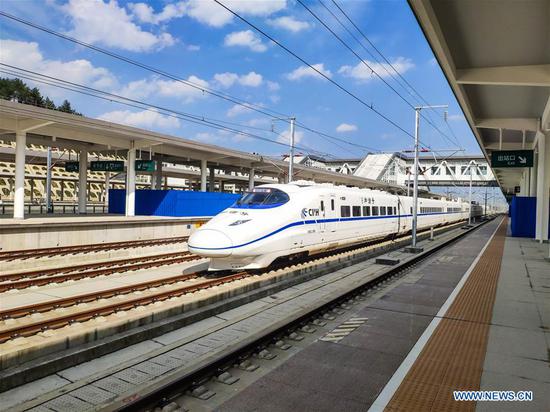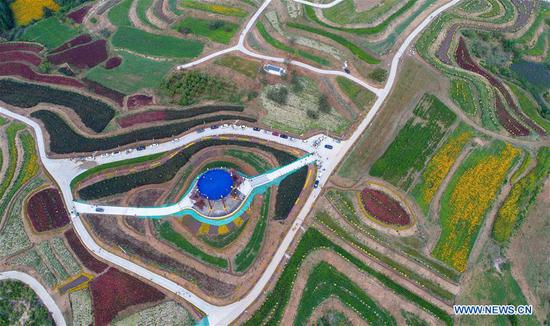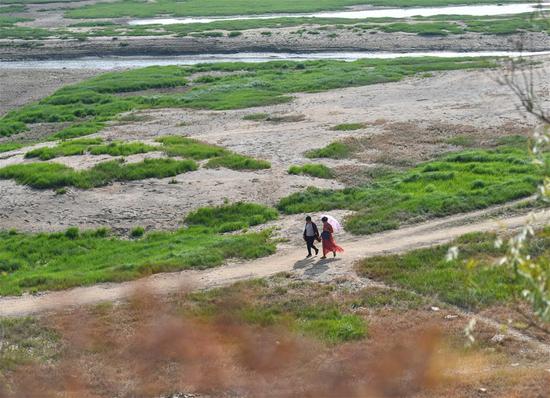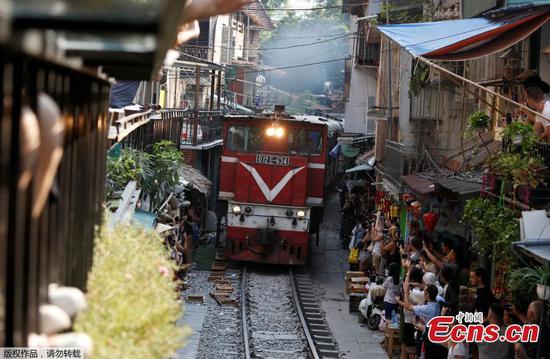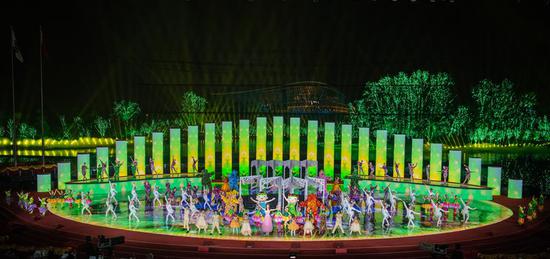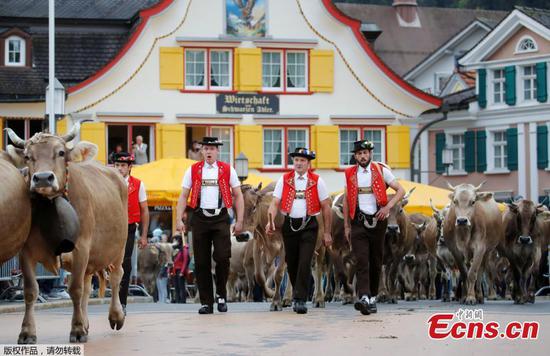Combined Beijing air hub capacity to surpass Atlanta
It has been nearly eight years since Yan Xiaodong witnessed the largest-ever scale adjustment to the balance of airspace between China's military and civilian authorities.
As a spokesman for the North China regional administration of the Civil Aviation Administration of China (CAAC), Yan has devoted more than a decade to what he calls "an airspace reconstruction."
"The airspace in China keeps adjusting, but the latest major round was carried out at the end of 2011 - the first time civil and military authorities teamed up to work on it," he told the Global Times on Thursday. "But the scale of last time's adjustment is smaller than this time."
In 2011, the main task was to optimize the air routes of north China, increasing the daily flights by nearly 600 per week out of Beijing Capital International Airport (BCIA).
Daily flights in and out of Beijing could reach 2,900 by 2021. The available civilian airspace for the capital city hub expands to 34,500 square kilometers, twice the previous area.
The expansion represented "the largest-ever scale of airspace adjustment in China," according to a statement sent on Thursday to the Global Times from the CAAC Air Traffic Management Bureau.
Nationwide, more than 200 airways and 4,000 flight routes were optimized to form a new airspace operating environment.
The adjustment, involving five regional air traffic branches, began in 2015, the management bureau said.
The adjustments began at the China-Mongolia border in the north down 2,200 kilometers to the Guangxi Zhuang Autonomous Region in the south.
They spread 1,350 kilometers from the Inner Mongolia Autonomous Region in the west to Liaoning Province in Northeast China.
A key adjustment and expansion was made to the 2,000-kilometer Beijing-Guangzhou air route that connects two of China's most massive urban clusters: the northern Beijing-Tianjin-Hebei region and the southern Guangdong-Hong Kong-Macao Greater Bay Area.
"The purpose of this airspace adjustment is to promote airspace integration, adjust airspace structure, make efficient use of airspace resources and improve the delicate management of airspace," Che Jinjun, the head of the air traffic management bureau, said in the statement.
Air traffic demand
BCIA was put into use in 1958. As a hub with three runways and three terminals, it connects 136 cities in the world. Beijing government started to map out a second airport as early as 2004, Yan said.
He said the first question he raised with the government was just how big would this airport be?
"In the past 15 years, there was a lot of discussion about the airspace for civil aviation, but the airspace adjustment was triggered by the project for the Beijing Daxing International Airport, as airspace support was a necessary precondition for any new airport," Yan told the Global Times.
The passengers at BCIA totalled 101 million in 2018, second only to Atlanta's 107 million, according to Airports Council International data.
Daxing airport is expected to handle 45 million passengers by 2021 and 72 million by 2025.
"Daxing has a more urgent need for airspace and it is a must to manage airspace resources to satisfy different airspace users," Yan said.
In 2003, Beijing air traffic control handled 700 civilian flights a day out of BCIA, explained Zhang Jing, head of the tower controller department at the Daxing Air Traffic Control Center.
Today, that figure stands at about 1,800, and it is believed it could reach 2,000 as Daxing airport develops further.
"Our traffic control is very efficient, and it is the result of joint efforts from all parties, including the traffic control department, airport authorities and airlines," according to Yan.
Beijing recorded 597,259 take-offs and landings in 2017, fifth in the world, and Shanghai totaled 496,774, 10th.
Atlanta topped the list with 879,560 in 2017, according Airports Council International data.










